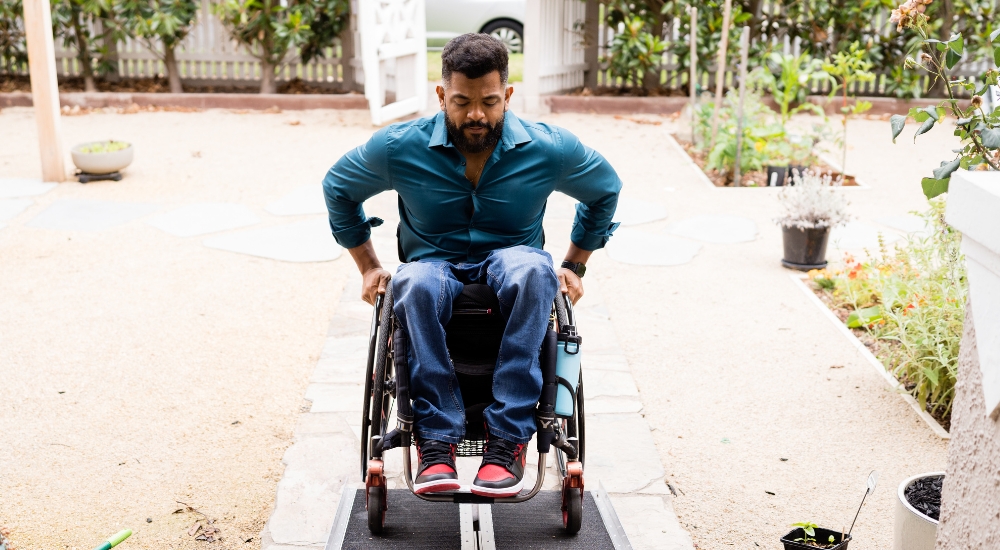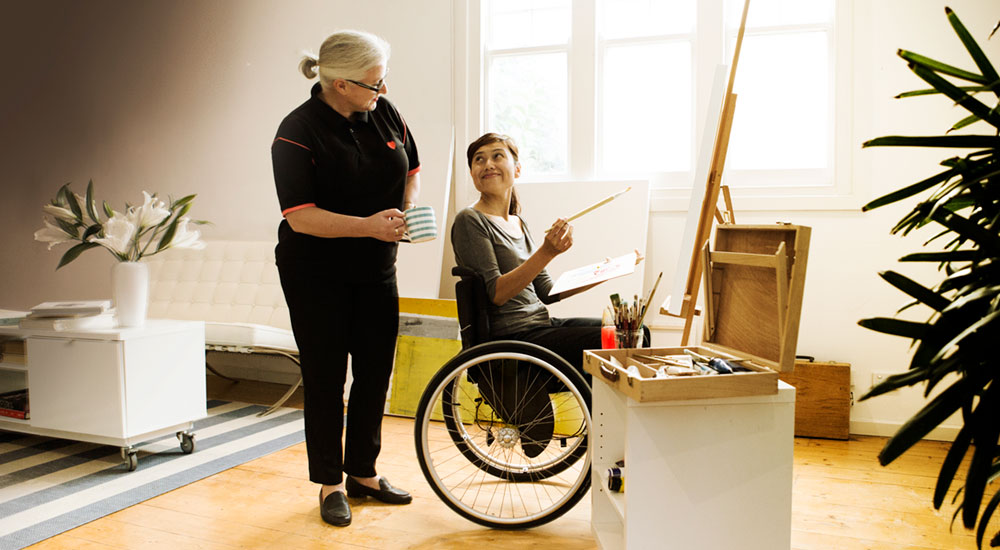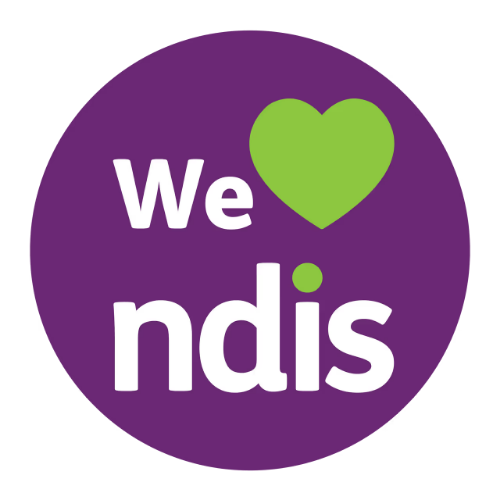Are you or someone you are living with have a physical disability? Your home may need modifications to make it safe and accessible to live in.
You see, people with physical, sensory or cognitive disability face challenges that make it difficult for them to navigate their surroundings. Home modifications can help address these challenges by providing adaptations that allow one to move around their home easily and independently.
Home Modifications Explained
In short, home modifications are changes made to one’s home to help manage one’s disability condition. The changes can be minor or complex – the former being straightforward with no structural changes involved while the latter is usually structural, custom-built changes that involve highly complex or technical works.
Such modifications have one goal in general – to help people with disability safely access or move around their home, as well as to help make daily tasks easier.
Here are some general home modification tips to create a safe and accessible home environment for people with disability:
Creating a Safe and Accessible Home
Access and Entry
Replacing steps with ramps to the doorway is probably one of the most common (and first thing) people does to their home as wheelchair manoeuvrability is essential to people with mobility issues. Depending on things like pathway designs and/or cost affordability, there are both permanent and portable ramps you can install to improve ease and accessibility to your home.
Other modifications you can do to improve accessibility include doorway widening, flattening any lips or barriers that restrict wheelchair access, replacing doorknobs for lever (or French Door) handles, lowering closet rods, using pull-put cabinet organisers etc.
Bathroom and Kitchen Modifications
It goes without saying that bathroom and kitchen are two of the most frequently used yet particularly unsafe place for a person with physical disability to navigate in. The latter especially, is often the least-accessible room in the house in most cases because we have things like hanging cabinets, built-in appliances, vertical built-in shelving and countertops that are too high etc.
Move items that need to be use daily to lower cabinets, rearrange appliances to be near the sink, lower the countertops are some of the modifications one can do to make a kitchen more accessible and safer to be in.
For bathrooms, you may want to replace your tub with a walk-in shower and install safety bars, a bench for sitting, slip-resistant flooring and position poles for extra security. After all, bathroom is by far the most dangerous room for people with physical disability so this is probably the first room you should look into when considering home modifications.
Remove Hazards and Rearrange Furniture Placements
It is essential to have enough open space for people using mobility aids such as wheelchairs and walkers so that one can move freely without running into obstacles. The easiest thing you can do without spending much is by rearranging your furniture. Make a path of at least two feet between furniture pieces and remove rugs and liners as they could cause issues for people using wheelchairs.
If you have the budget, do consider installing low-slip flooring options like vinyl or laminate to reduce the chances of falling. Speaking of budget, this brings us to our next point.
Financing Home Modifications
Minor or complex, home modifications require money. For many, this is probably the most concerning factor when it comes to modifying their home. Fortunately (and you’ll be glad to know), the National Disability Insurance Scheme (NDIS) funds home modifications.
Subject to meeting their funding criteria, of course. The general rule (as with other aspects seeking funding) is that the home modification in question has to:
(i) Relate to your disability
The changes you want to make to your home have to help you do things that you find difficult because of your disability.
If it makes it less tiring for you to do things or mean you need lesser help from others, the likelihood is that you will get funding for it.
On the other hand, things like renovations, restorations or repairs, changes to your home layout will not be approved as these are not related to one’s disability support needs.
(ii) Reasonable and necessary
The modifications have to help you pursue your goals in your plan. For example, if you have a goal “to be able to move around the house more easily”, the NDIS may fund the widening of your doorway (as a simple way to achieve this).
They also consider if the modifications will help you undertake activities that facilitate your social and economic participation. For instance, if changing a certain home feature enables you to do things more independently (i.e. cook food, have a shower) thereby allowing you to participate more in the community/work, then funding will be approved.
Other aspects the NDIS will look at within the reasonableness and necessity branch include whether the home modification is effective and beneficial to you, as well as if the support is reasonable for your family, support workers, informal networks and the community to provide.
When satisfied, the NDIS will include funding in your Capital – Home Modifications budget. Keep in mind that this funding is not flexible, meaning you cannot use it on other items/purposes except for the home modification supports described in your plan.
Nevertheless, it is comforting to know that there are supports out there that can fund your home modification needs, because they can be rather costly.
Conclusion
Ultimately, home modifications play a vital role in promoting the wellbeing and quality of life of people with disability.
If you have a support worker, it is worthwhile to ask for their opinion regarding the safety and accessibility of the current status of your home. Seek their advice regarding the modifications required. After all, they are the professionals trained with the eye to spot any shortcomings your home may have had as experts taking care of people with disability.
Also, don’t postpone it any further. Talk to your planner or local area coordinator today to discuss how you can get adequate funding for your home modification needs.






